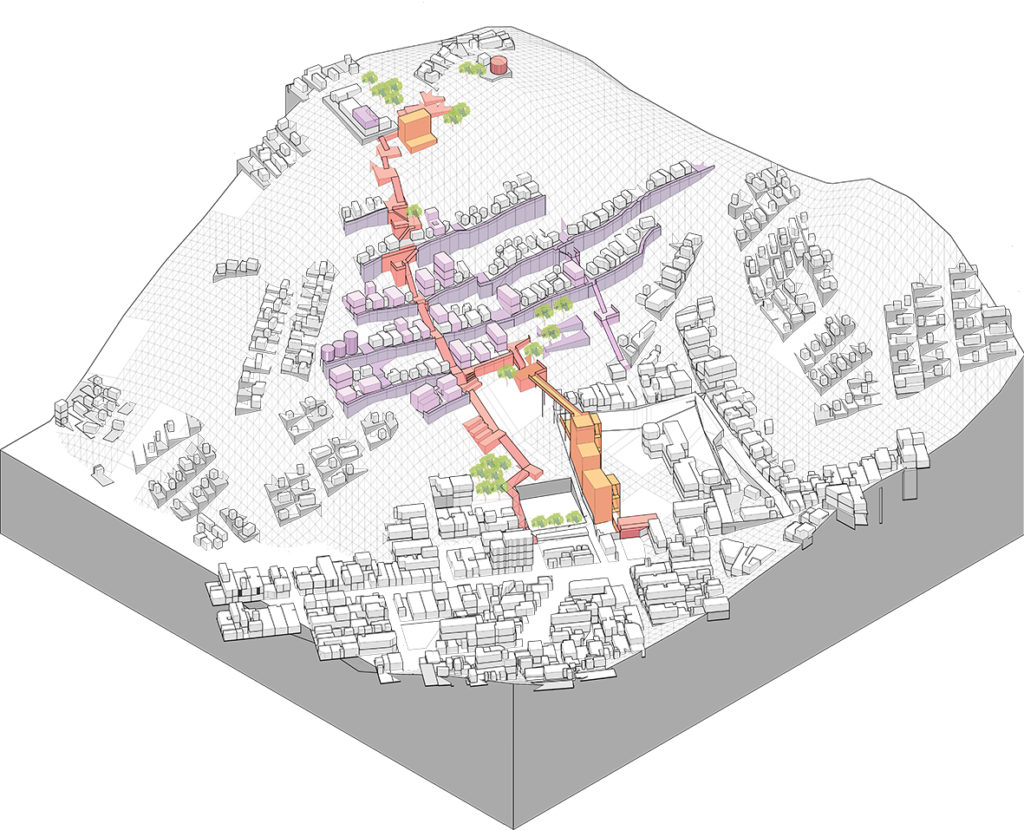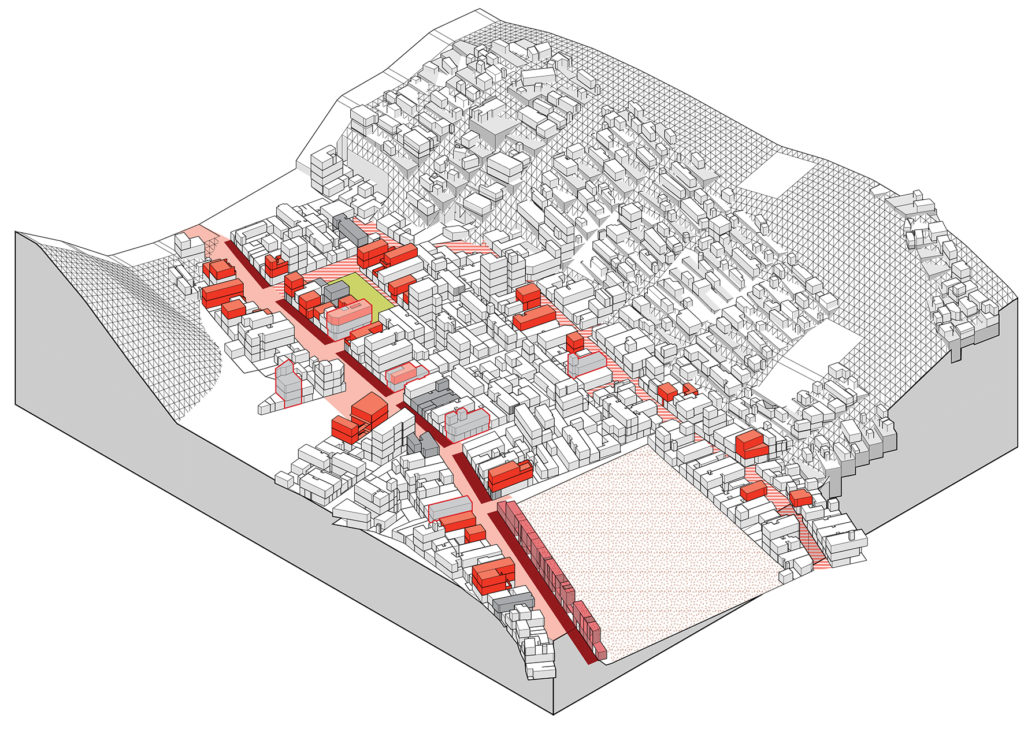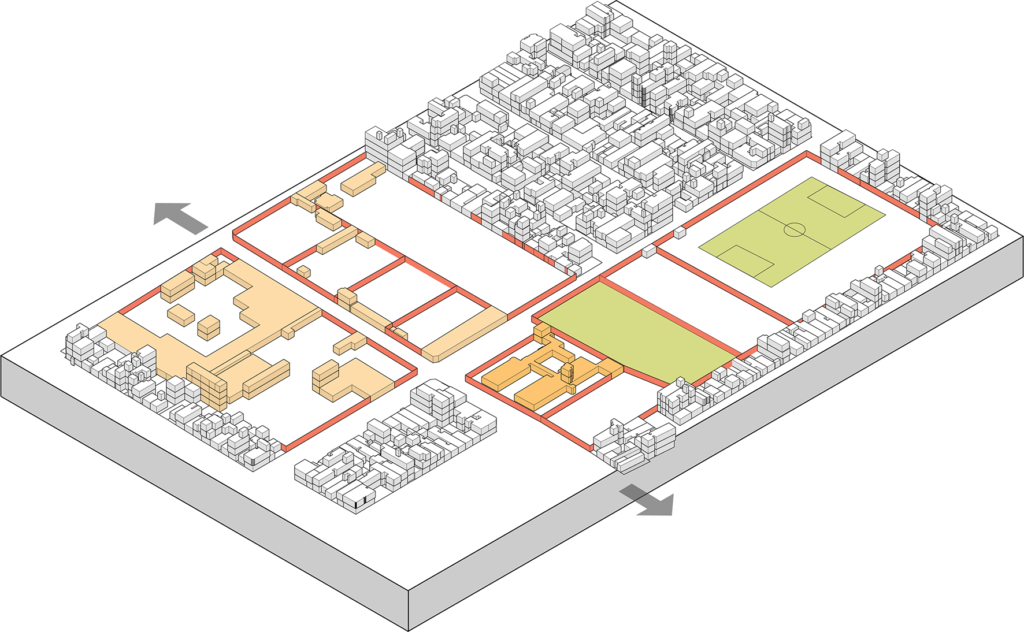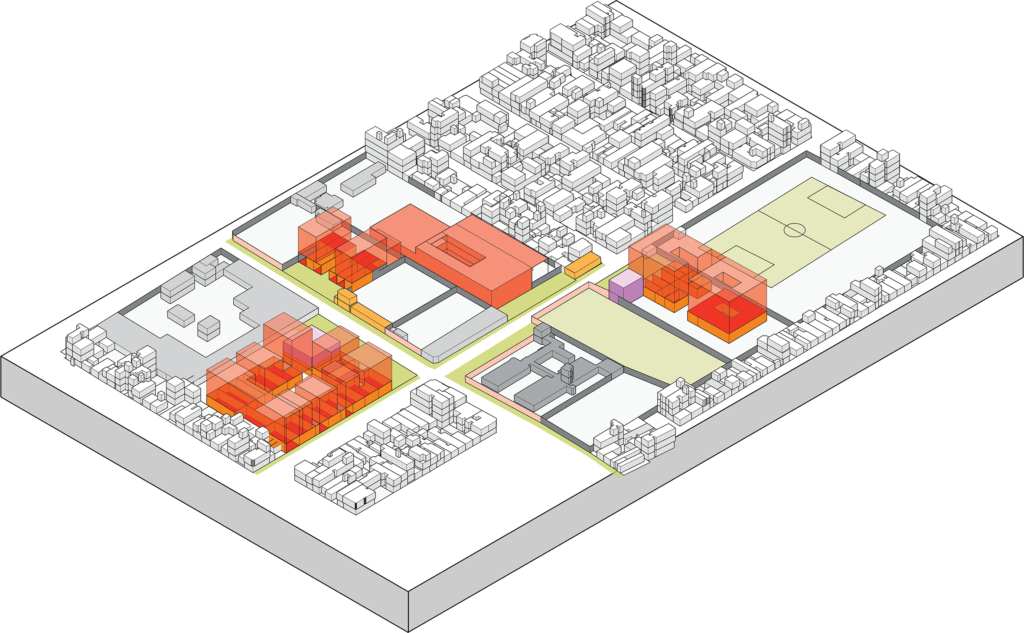Lima experienced an explosive population growth during the last century. Its population went from 600 thousand people in 1940 to nearly 9.5 million people nowadays. Former agriculture fields between the coast and the beginning of the Andes mountains were quickly filled with urban developments. Neither the public sector nor the private housing market provided decent living conditions in the city for all these newcomers. 34% of the city’s land was developed informally and 70% of the houses were to some degree self-built. The process of urban development and, specifically, the control of the space through land ownership, generated a segregated city. The urban poor usually accessed low-cost land or housing in areas exposed to high levels of risk, with accessibility problems or lack of basic infrastructure.
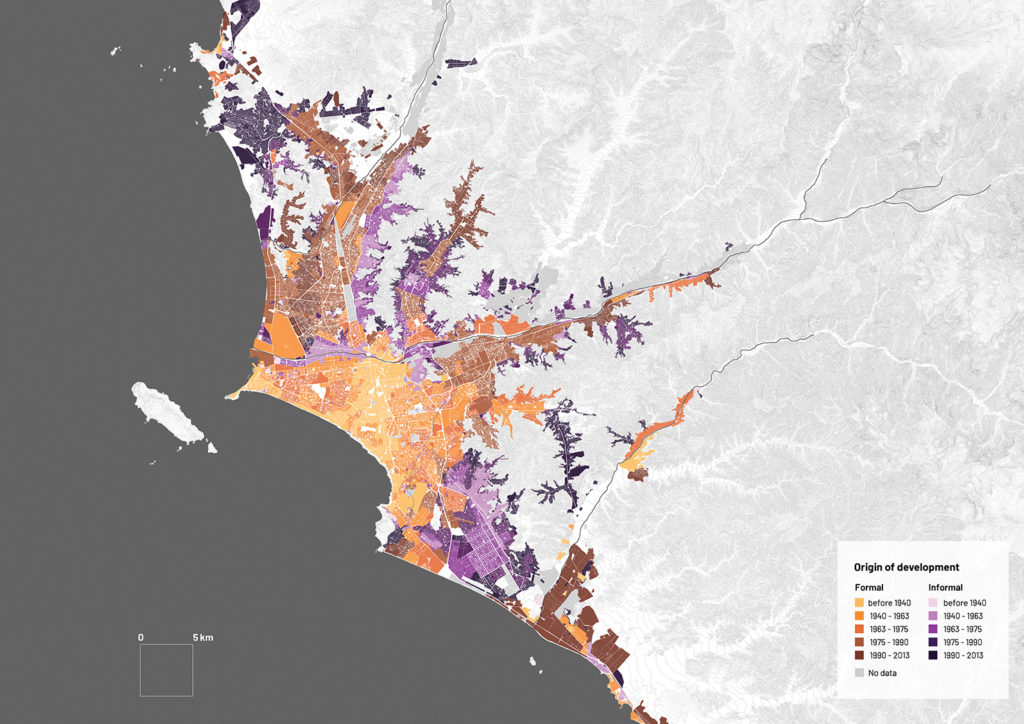
Together with the current approach of housing policy, the urban development process continues reproducing socio-spatial segregation today. Buying a plot to land traffickers on the steep slopes of the periphery is the primary way for the low-income population to access a place to live in the city.
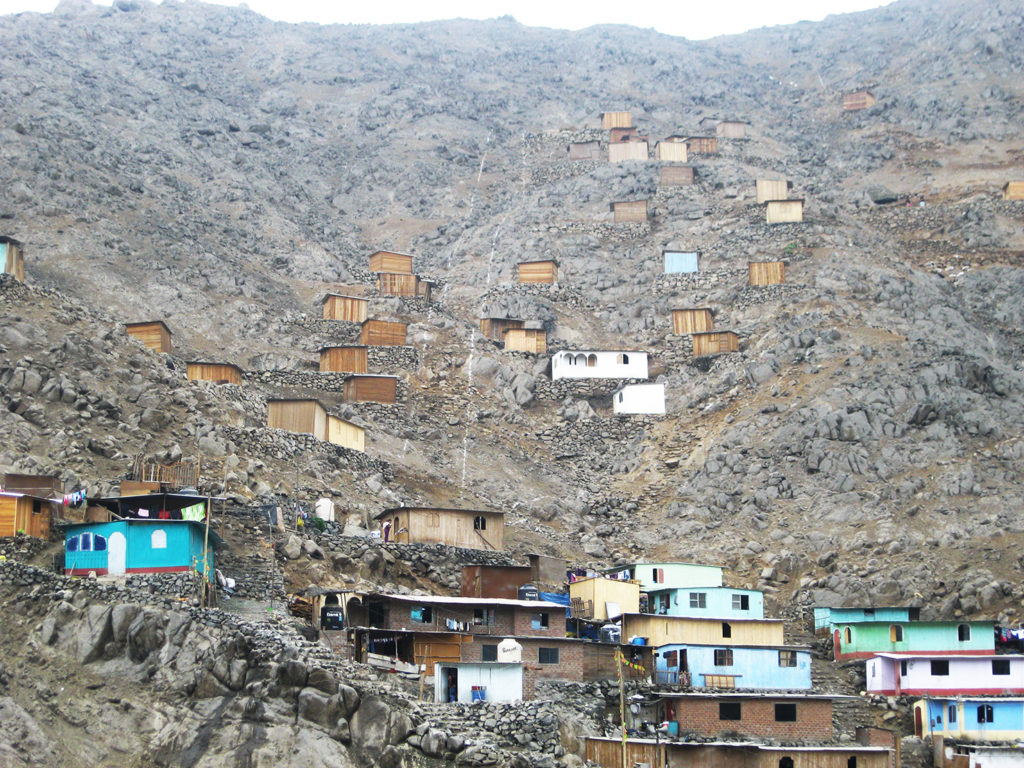
This research’s objectives are, on the one hand, to understand the relations between housing, urban development and socio-spatial segregation in Lima. On the other, it explores the potential of housing (understood as a process) to develop alternative models of urban development and reduce socio-spatial segregation towards a more just city.
The research was based on previous work experience in Lima during several years, as well as on reflections, discussions and collaborations with key stakeholders, including academics (Luis Rodríguez Rivero, David Labarthe), social leaders (Federico Godiño, Pedro Sulca), practitioners (Gabi Huanay, Franklin Velarde, Jitka Molnarova, Jaime Vásquez, Helen Socualaya, Eduardo Figari, Ruth Acosta, Jerry Ccanto, Sally Guzmán, Solángel Fernández) and many other people working on urban-related issues in Lima. This work was systematized in a graduation thesis at the European Post-Master of Urbanism in TU Delft in 2019. The urban analysis led to the development of policy guidelines and design proposals for housing in Lima.
You may access the full document here or check it below:

